Painted Hardwood
krycek1984
13 years ago
Related Stories
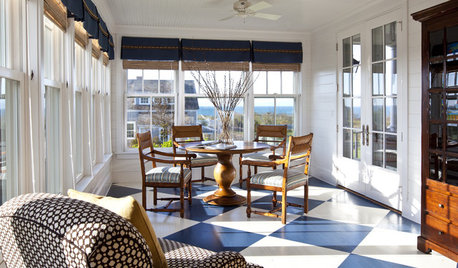
FLOORSHow to Paint Your Hardwood Floors
Know how to apply nail polish? Then you can give your wooden floors a brand-new look
Full Story
MATERIALSWhat to Ask Before Choosing a Hardwood Floor
We give you the details on cost, installation, wood varieties and more to help you pick the right hardwood flooring
Full Story
HOUSEKEEPINGHow to Clean Hardwood Floors
Gleaming wood floors are a thing of beauty. Find out how to keep them that way
Full Story
REMODELING GUIDESTransition Time: How to Connect Tile and Hardwood Floors
Plan ahead to prevent unsightly or unsafe transitions between floor surfaces. Here's what you need to know
Full Story
REMODELING GUIDESContractor Tips: Smooth Moves for Hardwood Floors
Dreaming of gorgeous, natural wood floors? Consider these professional pointers before you lay the first plank
Full Story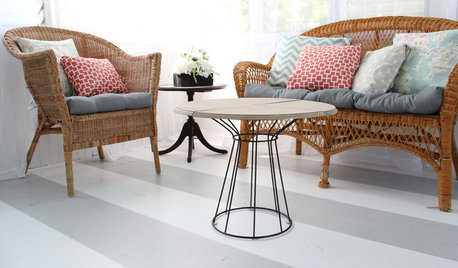
DECORATING PROJECTSDIY: How to Paint Stripes on Your Floor
Paint brings a dreary porch floor to life in New England — watch the process unfold and get tips and ideas for your own floors
Full Story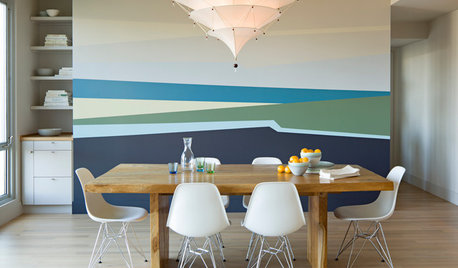
DECORATING GUIDESGet the Scoop on Finding the Best Paint for Your Money
Scoring the best deal on paint for your home may have nothing to do with advertised specials
Full Story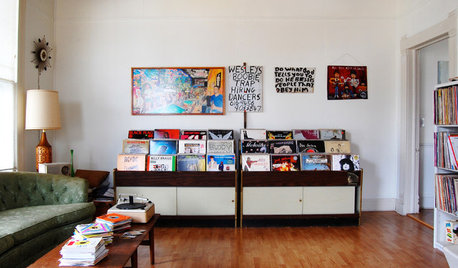
HOUZZ TOURSMy Houzz: Peeling Back Layers in a 1908 Home
Hidden fireplaces, buried hardwood and covered beadboard resurface thanks to a Mississippi couple's DIY efforts
Full Story
GREAT HOME PROJECTSWhat to Know Before Refinishing Your Floors
Learn costs and other important details about renewing a hardwood floor — and the one mistake you should avoid
Full Story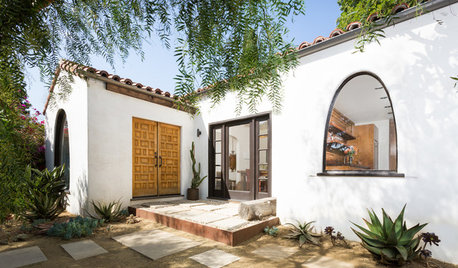
BEFORE AND AFTERSHouzz TV: See Recycled Walls and Cool Cassette Art in a Woodsy DIY Home
Walnut countertops join hardwood floors and pieces made from leftover framing in a bright Spanish colonial
Full StorySponsored
Franklin County's Preferred Architectural Firm | Best of Houzz Winner
More Discussions










jiggreen
antiquesilver
Related Professionals
El Dorado Hills Kitchen & Bathroom Designers · King of Prussia Kitchen & Bathroom Designers · Southbridge Kitchen & Bathroom Designers · Reedley Kitchen & Bathroom Designers · Forest Hill Kitchen & Bathroom Remodelers · Allouez Kitchen & Bathroom Remodelers · Apex Kitchen & Bathroom Remodelers · Avondale Kitchen & Bathroom Remodelers · Independence Kitchen & Bathroom Remodelers · Rolling Hills Estates Kitchen & Bathroom Remodelers · Southampton Kitchen & Bathroom Remodelers · Thonotosassa Kitchen & Bathroom Remodelers · Plant City Kitchen & Bathroom Remodelers · Baltimore Architects & Building Designers · Bull Run Architects & Building DesignersUser
jiggreen
krycek1984Original Author
tricia560
brickeyee
columbusguy1